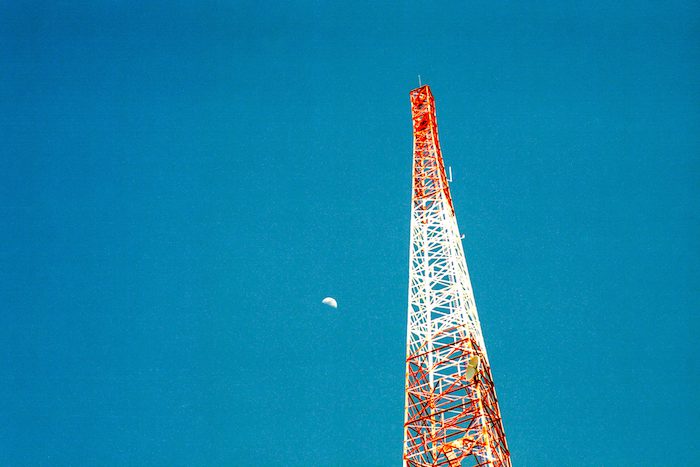
$19.8 billion — that’s how much revenue resulted from participating broadcasters selling parts of their broadcast spectrum to wireless carriers hoping to expand their nationwide reach, as part of the Federal Communications Commission’s first-ever spectrum auction, which has just closed.
$10.05 billion — that’s how much 175 broadcasters will be getting, total, from the auction. ($7.3 billion is going toward reducing the federal budget deficit.)
$194 million — that’s the largest payout for a single public broadcaster participating in the auction: It’s going to WNJN, the New Jersey public television station. Here in Boston, WGBH is getting $218.7 million, total, to move WGBH and WGBY in Springfield to lower frequencies.
More than 30 noncommercial TV stations participated in the auction, and 23 of them are officially listed as going off-air — but, as Current points out, “a station’s signal going off the air does not necessarily mean that all of the broadcaster’s stations are going dark.” (Current has been compiling details about the non-commercial stations that sold here.) Not all stations sold: Howard University had been considering selling its license for WHUT, the only black-owned public media station in the U.S., but withdrew from the auction in February.It’s a windfall, and comes during a time when the president has threatened to eliminate all federal funding for public broadcasting. But how are these stations planning to use the money? Most public media stations that participated in the auction seem to be putting it toward toward endowments, more educational programming, much-needed maintenance, and technical upgrades.
In New Jersey, advocacy group Free Press continues its campaign to push New Jersey lawmakers to use the revenue from selling WNJN and WNJT to fund community-oriented news and information projects (the local news ecosystem in New Jersey is ailing, following years of acquisition, layoffs, and existing between New York and Philadelphia).
“When local stations go off the air, news coverage disappears. That means people are less informed, civic participation drops, and political corruption increases,” Mike Rispoli, Free Press’s New Jersey director, said in a statement. Many of the public stations participating in the auction have a channel-sharing agreement, so they won’t be going completely dark. The impacts elsewhere are clear: WBIN, one of the two commercial TV stations in New Hampshire, was sold in the FCC auction, and canceled its newscasts in February.
“Spectrum revenues must be used to support those who rely on locally produced news and information to engage with their neighbors, learn about volunteer opportunities, make decisions about voting, run for public office, get information about small businesses, and support their children in local schools,” he said.
Ideas for how to use the spectrum auction proceeds include funding digital startups, building apps centered around processing FOIA requests and public data, community engagement projects, initiatives in underserved areas, and media literacy efforts.